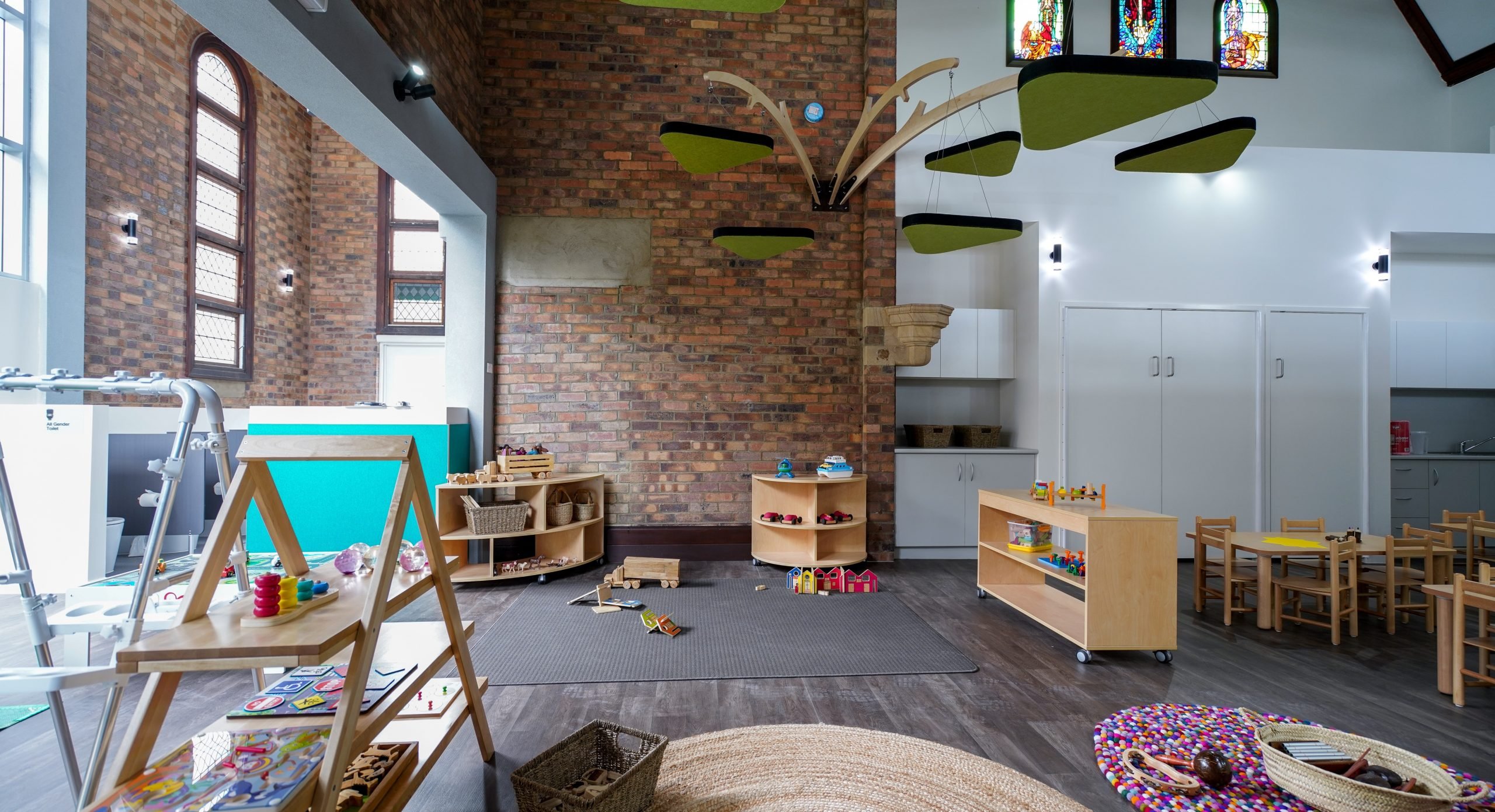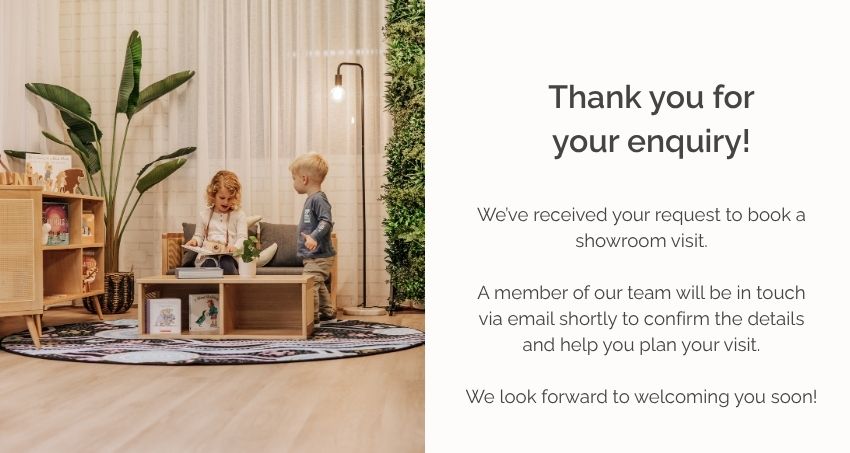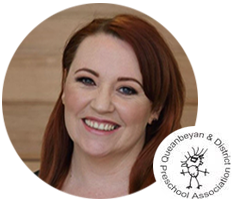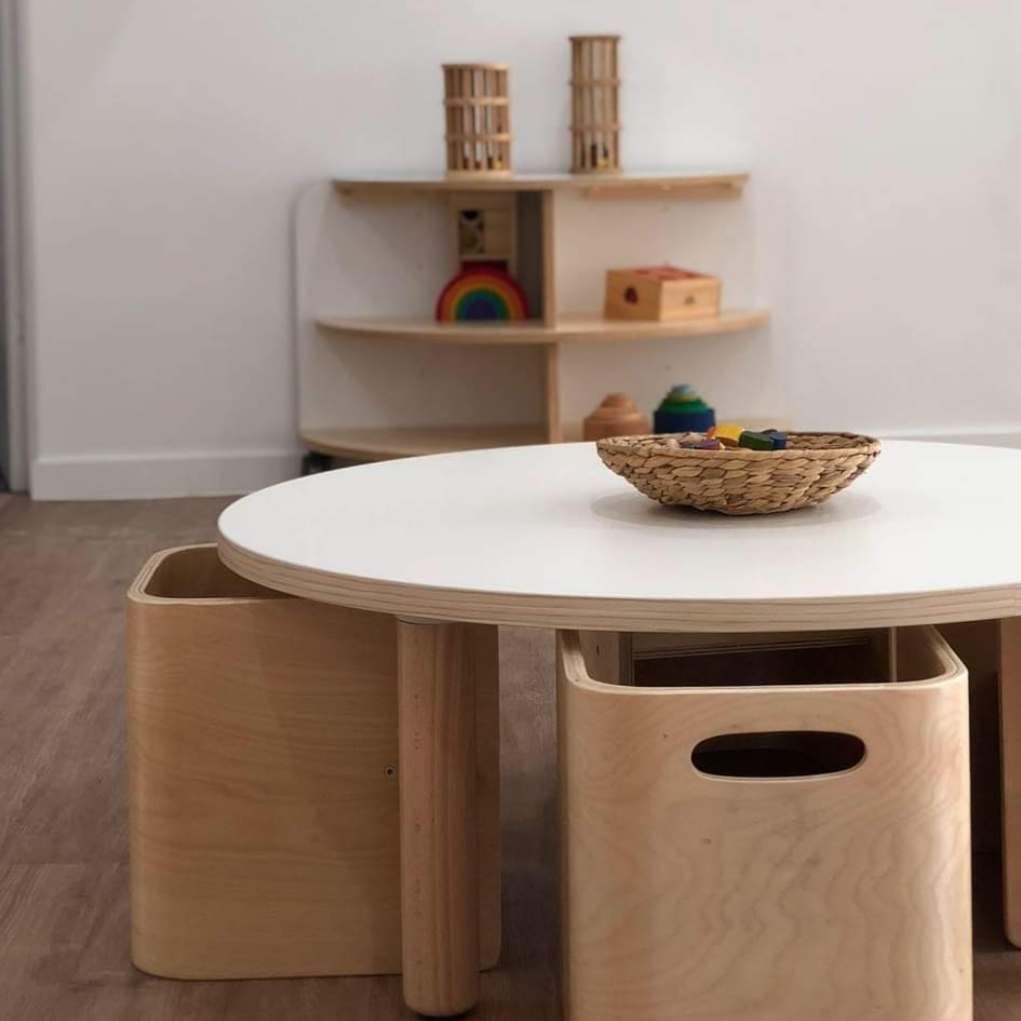
How to utilise Child Care Furniture to create Functional Learning Spaces
The functionality of a space determines how children maximise opportunities to explore their environment and utilise their resources in a childcare centre. Ideally, spaces and furniture should be multi-functional to deliver the most benefit to both educators and children alike. Consideration for smooth transitions and children to easily maneuver from once space to another, easy supervision and visual connection to the physical environment are also important. STEP4 has some tips for creating functional learning spaces that flow.
SHOP CHILD CARE FURNITURE HERE
Make children feel at home
We know that children are naturally curious and learn through exploratory play. The more comfortable they feel, the more likely they are to engage and explore. Natural timber is the best material for chairs, tables and childcare furniture. It has a homely feel and will remind children of their family environment. Solid timber furniture is portable enough to move around, easy to clean and sturdy to prevent accidents.
To help children feel connected to their space and enjoy the functionality of resources, STEP4 recommends purchasing furniture in different heights according to the children’s ages. Tables and chairs can be ordered in different heights for each room to ensure that children’s comfort and safety is maximised for children as they progress through each age group. STEP4 even has home corner ovens and fridges plus shelving units available in different sizes.
Colour me happy
Colour affects mood and the way that children learn. For example, red and yellow tones encourage creativity, orange increases alertness and blue is calming. As well as colourful learning resources, STEP4 manufactures custom furniture with a variety of colour options. You can choose table tops, chairs and storage units in custom colours or add a subtle colour splash on table legs or edging.
The harmonisation of colour in each age room is visually appealing and provides a seamless experience as children move around the room. Colour can also be used to reflect activity zones. For example, muted cushion colours will encourage calmness in the reading corner while a vibrant rug will get the creative juices flowing in the dress-up area.
Multi-functional resources reduce clutter
Selecting resources that have multiple uses makes good business sense and reduces unnecessary clutter. Tables at age-appropriate heights can host hungry mouths, crafty hands and problem solving brains. STEP4’s Poppet chairs have 2 in 1 functionality as a feeding/activity chair and can be popped over for a strong and handy teacher’s stool.
Furniture placement and flow between zones
Children will take their cues from the layout and natural flow of a room including the transition to outside learning spaces. Furniture placement determines what they see, touch and how they move around a room. Different senses will be engaged according to the amount of furniture in each room and its placement.
Open display cupboards allow children to approach and interact with the resources from any side. Large furniture items work best at the edge of rooms or as a zone divider. Supervision and movement is easier in well-organised spaces. STEP4 would be pleased to share their vast knowledge in this important area.
The set up of your room will also be determined by your philosophy and any influences from theorists. For example if you follow Montessori there will be open shelving to promote children’s self selection.
Selecting the right furniture will help with National Quality Standards
Furniture and resources contribute to many elements of the National Quality Standards e.g. Educational Program and Practice, Health and Safety, Physical Environment. By adopting the measures above, it is more likely that a childcare centre will achieve a higher quality rating.
There is no limit to the imagination – ours, yours and theirs. Please contact STEP4 on 1300 720 353 to find out more about creating functional spaces that flow.











